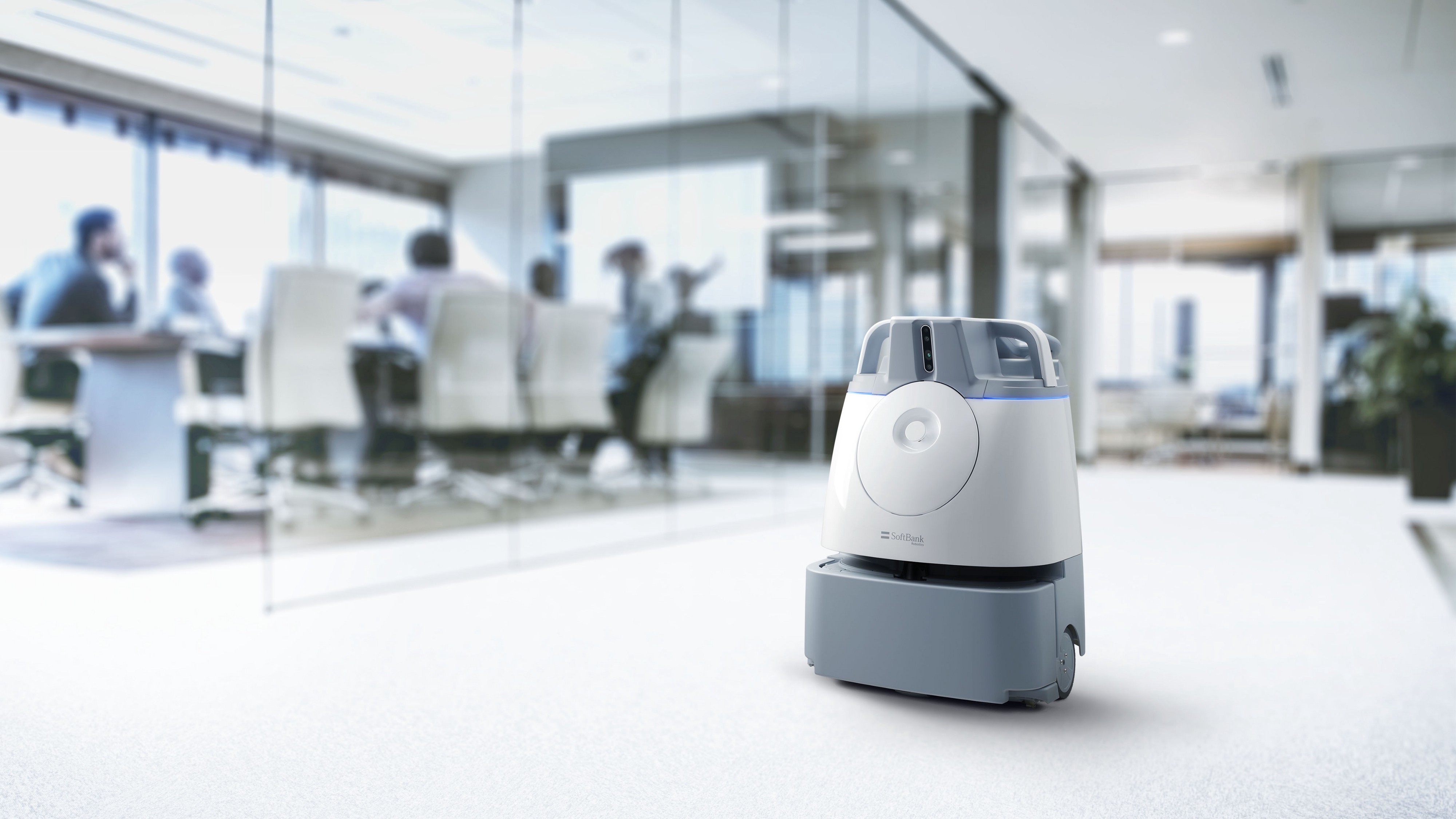BY Shannon Flynn

Cleaning robots can help you keep up with effective cleaning in large spaces. Many people wonder, “are cleaning robots effective?”. We certainly hear about robot vacuum cleaners and UV disinfection robots quite a bit today. What are the real pros and cons of cleaning robots, though? Business owners should know the answer before investing in their own cleaning robot.
Pros of Cleaning Robots
The greatest benefit of cleaning robots is easy to guess: automation. Whether you have a large space that needs to be cleaned frequently or you simply have a busy schedule, cleaning robots can take cleaning off your to-do list. While they can’t take care of every single cleaning task, like washing windows, they can cover cleaning tasks that need to be done the most frequently, such as vacuuming and disinfecting surfaces.
Cleaning robots are programmable, as well. Today’s advanced models often even include built-in autonomous mapping technology that can accurately reconstruct floor plans. Most cleaning robots come with an app that allows you to program a specific route through your floor plan for the robot to follow. So, you can program it to operate at a certain time every day and clean the specific spaces that need to be cleaned most often. While a cleaning employee would expect to work during certain hours, a robot can operate at any time, as frequently as desired.
Cleaning robots are great for keeping up with cleaning tasks that need to be done numerous times per day. For example, they can help keep airborne debris under control, which can lead to healthier working and business environments. Plus, businesses can ensure that their customers and employees are working in a clean environment with regular robot disinfection.
Automated disinfection could help limit the spread of disease and harmful bacteria. After the COVID-19 pandemic, it is no surprise that many schools and colleges are adopting cleaning robots. These spaces are high-traffic and have large surface areas that need to be cleaned, so a robot is able to keep up much better than a single janitor might be able to, for example. Even if a cleaning robot can’t completely replace janitorial staff, they can lighten the workload of cleaning employees. This is especially important because, as experts point out, more and more people are changing careers post-COVID-19.
Cons of Cleaning Robots
Whether or not cleaning robots are effective depends somewhat on the environment they are operating in. Unfortunately, cleaning robots are not great at dealing with obstacles they run into while they are operating. If they get stuck on a power cable or awkward corner, they tend to be helpless until a human comes along to set things right.
Of course, this depends largely on the specific model of robot. Some of today’s most advanced cleaning robots are equipped with LiDAR sensors and 3D cameras that help them avoid getting stuck or running into things to begin with. Smarter robots with advanced visualization technology will be much better at operating fully autonomously than more low-tech robots, like consumer-grade robot vacuum cleaners.
It is important to remember, though, cleaning robots need to be cleaned out and maintained themselves. For some businesses, this can end up being just as much work as having a human do the cleaning, negating the purpose of getting a cleaning robot. Some types of cleaning robots may also “eat” things like shoelaces, power cords, and small objects, which a human janitor would know to avoid. This can be annoying, disruptive, and may even end up clogging up the robot or causing delays.
Are Cleaning Robots Effective?
Given these pros and cons, are cleaning robots effective? Despite the potential issues, cleaning robots overall are highly effective at the tasks they are designed to perform.
They can be programmed to avoid spaces where there might be too many obstacles to run into. Today’s most high-quality cleaning robots will be equipped with advanced sensors that minimize the risk of the robot getting stuck or running into things.
This is especially important ever since the COVID-19 pandemic and the start of widespread staffing shortages. Businesses that are experiencing janitorial staffing shortages can use cleaning robots to fill in the gaps without compromising on cleaning quality. Robots can automate key cleaning tasks, such as hourly disinfection and sanitizing, which ensures that spaces are as clean as possible.
Who Should Get a Cleaning Robot?
Cleaning robots are most effective for businesses, schools, and other organizations that need to clean a large space at regular, frequent intervals. The top models are highly effective at the tasks they are designed to perform, whether that is vacuuming, disinfection, or any other cleaning task. If you need cleaning done often, but don’t have the time or personnel to keep up with it, a cleaning robot may be the perfect solution.
Interested?
Learn more about our cleaning robots solutions!
Redefine cleaning with measurable proof of performance. Boosting cleaning efficiency, productivity, and effectiveness, with AI-driven automated cleaning solution that supports healthier spaces for building occupants and safer work for cleaners.
Click here to learn more!

About the Author:
Shannon Flynn -Shannon@rehack.com


